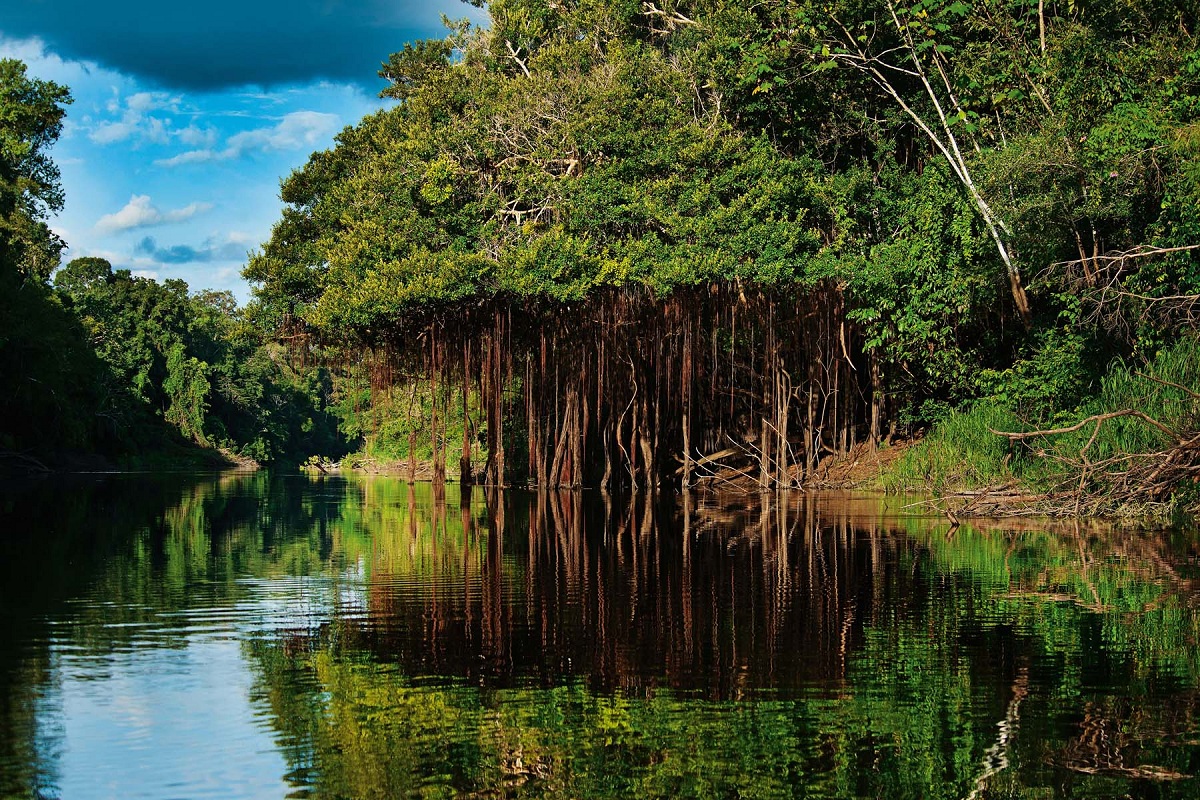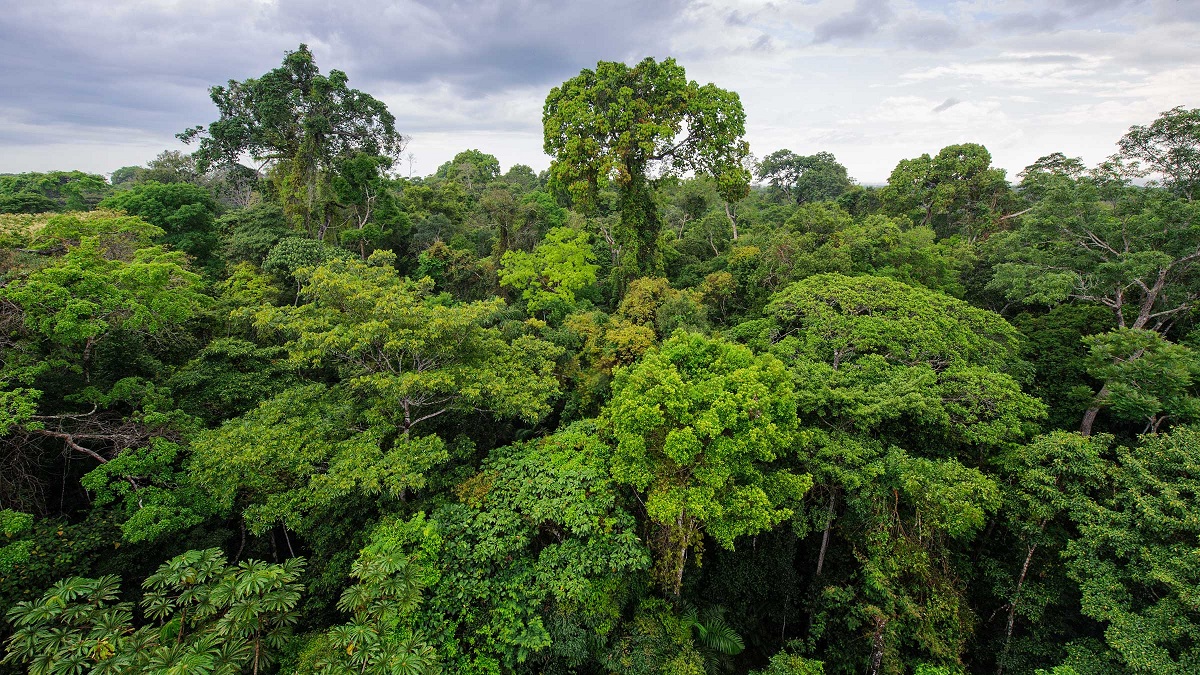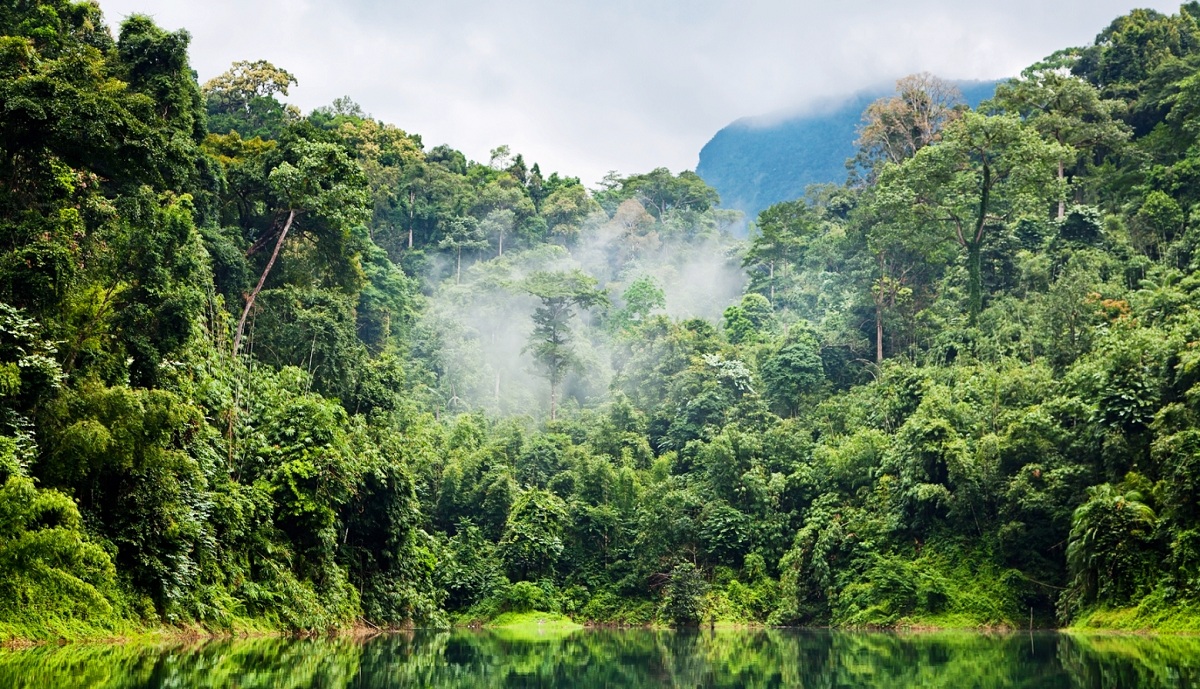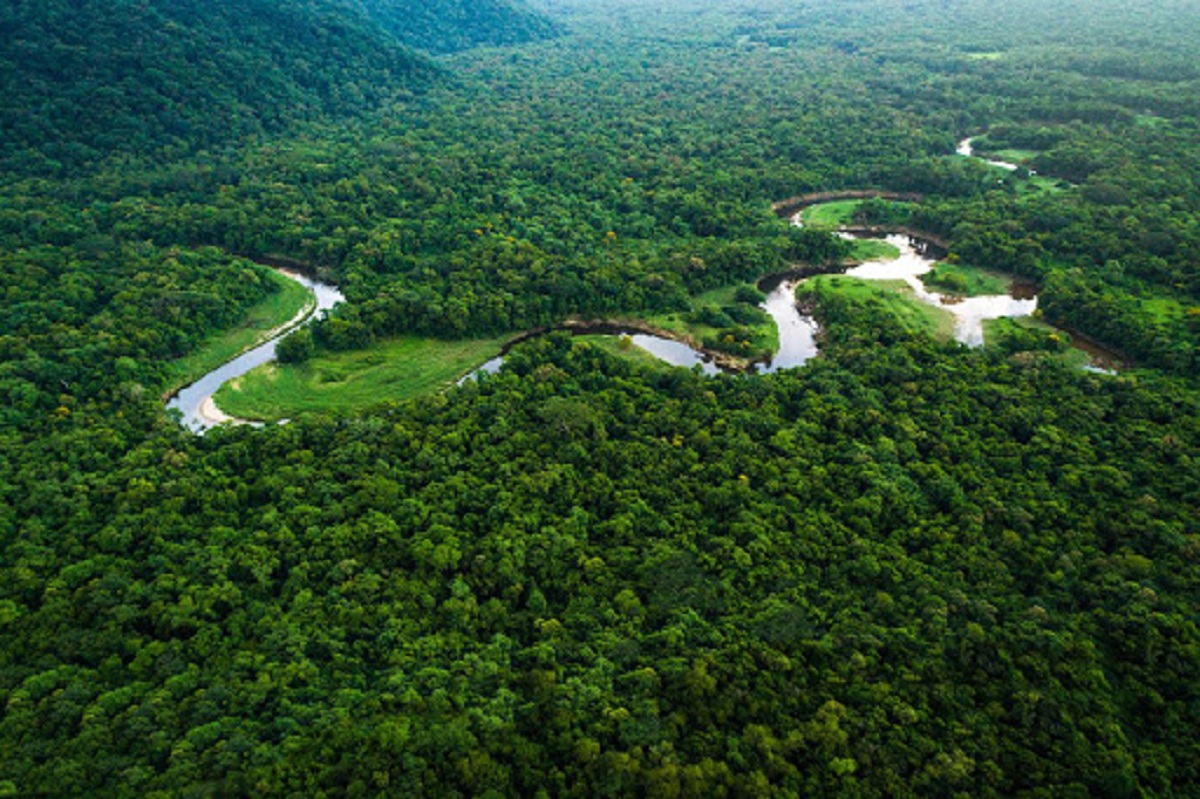
Surely you have ever heard of the Amazon jungle It is from the lung of the planet. It is the largest tropical forest in the world and its extension covers up to 9 countries with 5 km500,000 of forest cover. Such is its size that if we add all the tropical forests of the world at the same time, the Amazon rainforest is greater in extension. Its importance does not lie so much in being the lung of the planet, but in that it is also home to thousands of species of plants, animals and trees, so its importance is because it is the jungle with the most biodiversity on the entire planet.
In this article we are going to tell you everything you need to know about the Amazon rainforest, its importance and its role in regulating the planet's climate.
Key features

The Amazon rainforest is found in South America and has 5.500.000 square kilometers of vegetation. The Amazon basin is home to forests and is slightly larger, covering more than 7 million square kilometers. The basin is the area that empties into the Amazon River, which means that the water from the basin eventually enters the Amazon River.
Because the forest cover is so great, the Amazon rainforest spans nine countries in South America. These include Brazil with 60% of the rainforest, Peru with 13% of the forest cover, Colombia with 10%, and the remaining 17% in Venezuela, Ecuador, Bolivia, Guyana, Suriname and the French Overseas Territory of French Guiana.
It is located between the Tropic of Cancer and the Tropic of Capricorn, the equator, and an imaginary line runs between them, turning it into a "tropical" rainforest. The area between the two imaginary lines is called the tropics, hence the name rainforest.
Climate of the Amazon rainforest

Rainforests are rainy seasons throughout the year. In the Amazon rainforest there are no periodic seasons like summer, winter, fall and spring. All land and vegetation among the tropics do not experience these seasons.
Instead, the rainforests they experience high temperatures of 26-30 ° C throughout the year. This is due to the fact that the imaginary line of the equator affects the length of the day with 12 hours of sunshine throughout the year. Therefore, there is a continuous supply of sunlight, which is a key component of photosynthesis and illuminates the rainforest throughout the year.
In general, it is this phenomenon that causes the temperature in the tropics to go from a minimum of 22 degrees to a maximum of 34 degrees. However, due to the constant humidity level, the forest is mostly humid. Due to the large canopy of the forest of more than 390 billion trees, the air feels stifling and humid, making venturing into the woods a bit tricky.
Ecosystems of the Amazon rainforest

The Amazon rainforest has the largest ecosystem in the world. This ecosystem is fed by the great Amazon River, which stretches for thousands of kilometers and is the main base of the ecosystem. The average temperature in the basin is 26 degrees, and the humidity and rainfall are sufficient, which has a direct impact on the ecosystem.
This hot and humid climate has affected the existence of different types of plants and animals, making the forests the largest number of species of flora and fauna, including many endangered species. Furthermore, it is not only home to wild animals, but also home to Aboriginal people who live in the forest.
The jungle ecosystem is so large that it helps control the carbon content of the entire planet's atmosphere. This is due to the Amazon basin, where it can absorb up to more than ten times the annual carbon emissions from fuel consumption on the entire planet. What's more, the forest stabilizes various types of soil, thus increasing optimal crop yields in neighboring areas. The rainforest helps maintain the water cycle through transpiration and benefits farmers far from the forest. By increasing the high humidity in the atmosphere, the incidence of drought is reduced.
All of this ecosystem and environmental conditions reduce water runoff, preventing floods. This is due to the stability of the soil and the anchoring of billions of tree roots in the forest. Forests also affect rainfall patterns, so areas thousands of miles from the watershed receive abundant rainfall throughout the year.
Deforestation
Deforestation is one of the most serious problems facing the Amazon rainforest. According to the Food Agriculture Organization (FAO), approximately 50% of the world's forest cover has been destroyed. The main reasons why the Amazon is affected in this way are human settlements and the search for land for agricultural exploitation.
The land around any watershed is always suitable for agriculture because it has sufficient nutrient content and soil fertility. Likewise, the presence of forest cover translates into better soil quality in terms of humus and water retention, without leaving the possibility of soil erosion.
The forest floor is fertile and has a deterrent effect. Soil fertility in the Amazon is easily depleted in a short time, making cultivation in a field very difficult. This is because the sandy soil is thin and therefore not suitable for agriculture.
Because of this, farmers continue to search for new areas in the forest to keep getting very good crops, leading to further deforestation and degradation. For this reason, the Amazon rainforest faces twice as much deforestation as other rainforests.
I hope that with this information you can learn more about the Amazon rainforest, its characteristics and importance of the planet.